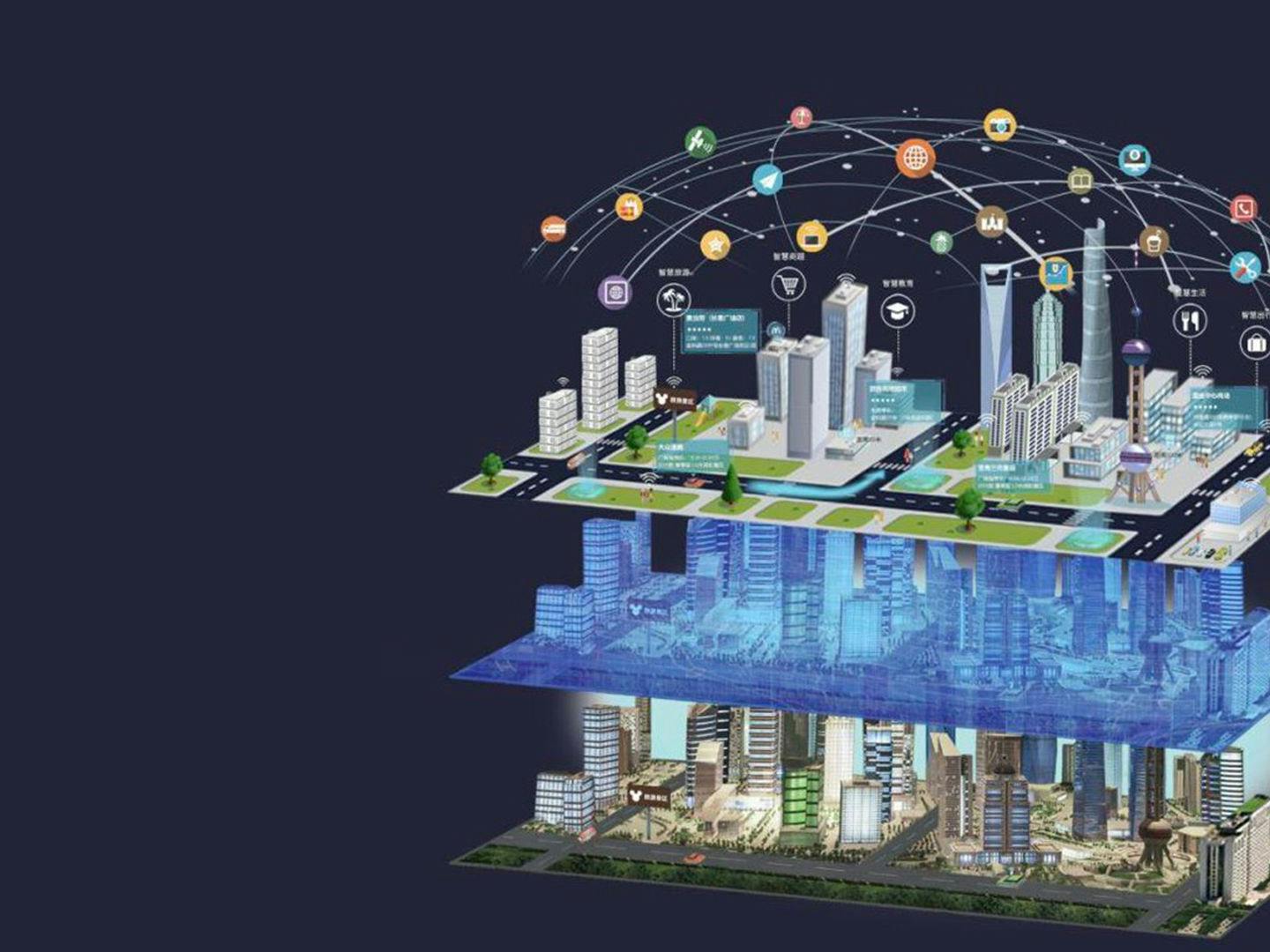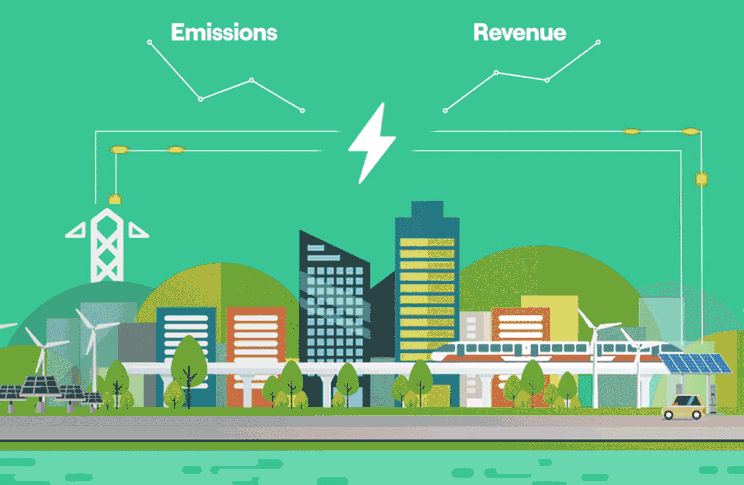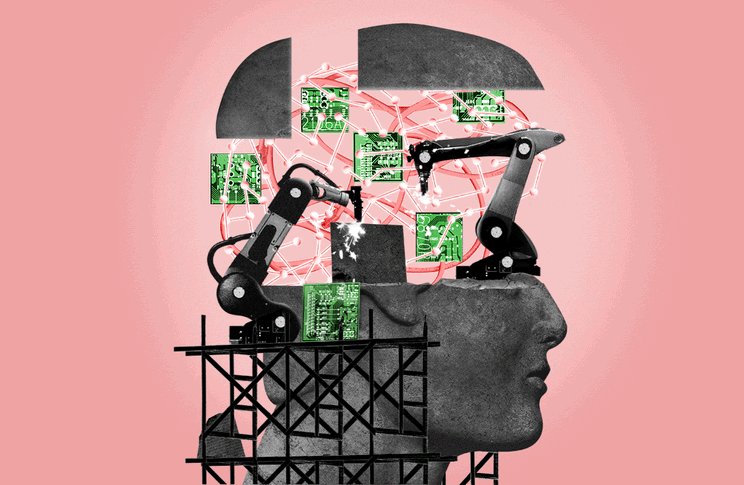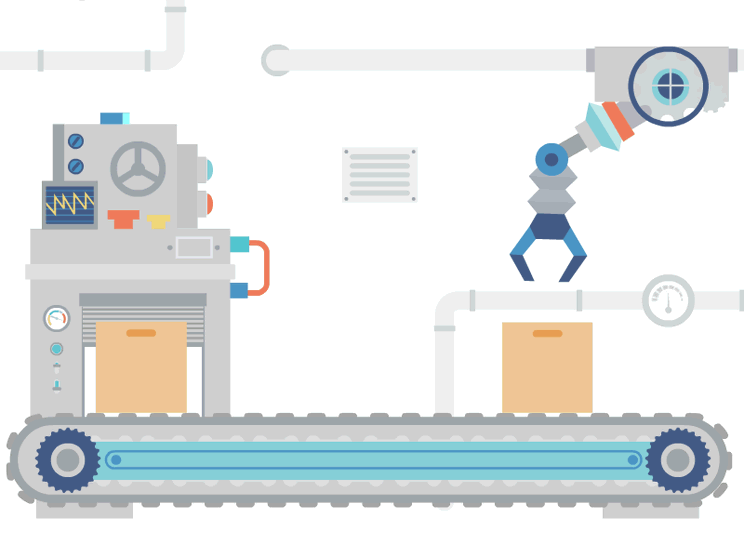As Smart City plans come into fruition across China, one area that many investors are looking at now is the creation of Smart Spaces through City Information Modeling.
What is the role of Smart Spaces in China’s urbanisation?
Smart Space is a city-wide construction concept based on City Information Modeling (CIM) to integrate the planning, construction, management and operation of Smart City development.
Traditional Smart Cities tend to focus on using data to make specific industries or fields, such as architecture, transportation, water supply and urban landscaping, more intelligent. Smart Spaces take this further by integrating urban professional data to achieve a unified planning, construction, supervision and governance system.
When China mapped out its development targets in its 14th Five-Year Plan, it stated that the size and spatial structure of cities should be determined by the carrying capacity of resources and the environment, and that urban construction, industrial development, ecological conservation, infrastructure and public services should be arranged as a whole [1].
What are the key technologies driving the development of Smart Spaces?
A CIM platform, which is based on building information modeling (BIM), a geographic information system (GIS) and the Internet of Things (IoT), relies on city information data to create an organic synthesis of a 3D urban spatial model. Through urban perception data, this multi-dimensional and multi-scale information model helps developers envision the integration of the urban underground, indoor and outdoor spaces, historical information, and data and landscape projections.
Based on guidelines issued by China’s Ministry of Housing and Construction in September 2020 [2], CIM has a fundamental role in coordinating and unifying the development of Smart Cities. It is also integral in developing digital twins — virtual representations of a product, system or process, used as a tool to simulate, verify, predict and control how an object or system would react to different scenarios.
As CIM relies on big data, IoT, artificial intelligence and other technologies, CIM will also contribute greatly to China’s digital economy growth plans.
To drive the development of Smart Spaces, a CIM platform should help Smart City developers:
- Plan: Through the creation and evaluation of various models it provides a basis for new town planning and old town reconstruction.
- Present: A digital twin platform for a realistic simulation of new and reconstructed cities.
- Predict: Acquire new data to achieve urban dynamic simulation deductions.
- Proact: Intelligently deal with and intervene in urban events as they happen.
- Particularize: Integrate multiple data sources (data fusion) for a precise visual representation.
- Perceive: Unified management and maintenance of IoT devices.
The most important value of a CIM platform is that it can simulate everything from buildings and infrastructure on the community level all the way to the city level, which can then support urban design, green building construction, smart communities and smart networks, while also monitoring the physical city in real-time as it operates.
What is the path of urban planning development in China?
As part of China’s development targets, the 14th Five-Year Plan states that urban renewal actions must promote the adjustment and optimisation of urban structures and the improvement of urban living [3]. In 2019, the urbanisation rate of China’s resident population was 60.6% and the rapid urbanisation is expected to continue with the urbanisation rate reaching 80% by 2050 – a level which the United States and South Korea have already achieved. Urban development in China has entered an important period of renewal, shifting from large-scale incremental construction towards a focus on stock quality improvements and incremental structural adjustments.
Several years ago, the central government proposed “Multiple Plans Integration”, coordinating the joint development of cities, the environment and the economy to optimize spatial layout and effective allocation of land resources, as well as improve the level of government space control and governance.
The overall objective of the urban renewal action is to build smart, resilient and livable cities — cities that put people at the heart of design thinking, enabling the country to meet its target to be carbon neutral by 2060.
What are the development prospects of Smart Spaces in China?
There are two key prospect areas. First, from the technology standpoint, a CIM platform can support so many aspects of city development: urban construction, management, real-time monitoring, safety, housing, pipelines, transportation, water, planning, natural resources, green buildings, community management, medical and health services, emergency command and other applications. It does this through simulating and intervening at every stage through digital technology.
Second, urban sustainable development is the coordinated development of various factors, including the unified coordinated deployment of various government departments. This is reflected in a unified top-level design.
Both areas are necessary for Smart Space development, and this year the government has stepped up efforts to focus on technology applications to accelerate the realisation of this idea. In March this year, the National Development and Reform Commission (NDRC), together with 28 other departments, studied and formulated relevant policies, which called for promoting the construction of basic platforms for CIM, digitising urban infrastructure and collecting urban construction data. In the same month [4], Beijing proposed to promote “Multiple Plans Integration” based on a CIM platform [5]. These policy documents are highly targeted action plans, and both central and local governments can be expected to increase investment and deployment in this area.
At the same time, we have seen construction in some new development areas. Xiong’an New Area Digital City, with its physical city synchronous planning and synchronous construction, has become a realisation of what digital Smart Cities should look like [6]. In the future, as CIM becomes more and more rooted in urban development, it will widen the channels of data circulation in various fields, and finally drive industry development to meet new consumption demands.
With CIM, we can foresee a fully digital work and consumer environment that will have great impact on the economy and, more importantly, how we live.
References
- [1] & [3] People's Republic of China: 14th Five-Year Plan
- [2] People's Republic of China: Technical Guidelines for Basic Platform of City Information Modeling
- [4] National Development and Reform Commission: Proposal to Accelerate the Cultivation of New Consumption
- [5] The People's Government of Beijing Municipal: Notice of the Beijing Municipal Big Data Work Promotion Group on Printing and Distributing the "Action Outline for Smart City Development during the 14th Five-Year Plan Period in Beijing"
- [6] People's Republic of China: Xiongan Has A "Twin City"







